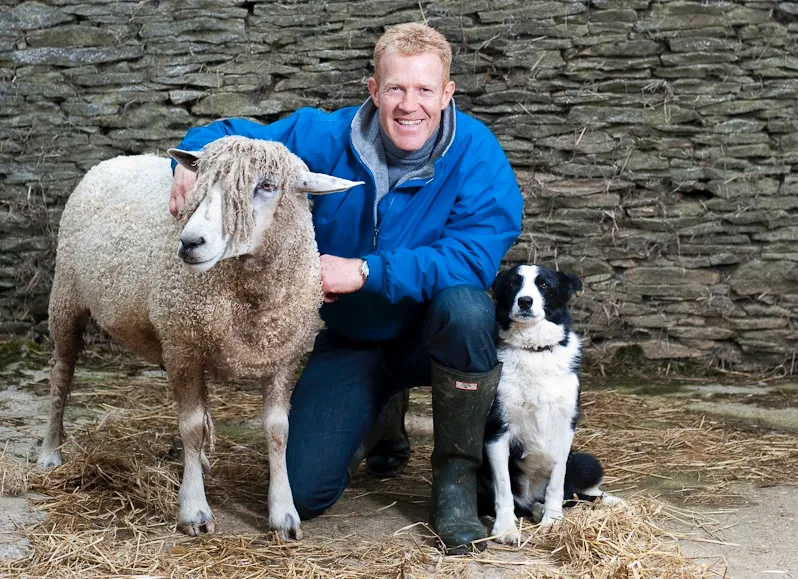
For centuries, agriculture was all about growing corn and milking cows. But these days there’s a growing move to farm the wind and the sun as well. In fact, the farming press is full of news stories about people who’ve invested in turbines or solar panels and are reaping the benefits.
You can’t knock their commitment but what’s behind this green revolution? Thirty years ago, diversification was all about providing bed and breakfast or giving up a bit of land for use as a camping site. Today, diversification is just as likely to involve the building of power-generating equipment.
What’s driving the issue is a set of Government targets to cut CO2 emissions and increase the use of renewable sources of energy. But everything comes at a price, so to offset the high cost of converting to sustainable sources, Whitehall has created two schemes to take the pressure off our wallets. One is the Feed-In Tariff, which pays you for the electricity you generate, and the other is the delayed Renewable Heat Initiative with plans for cash benefits if, for instance, you use solar panels instead of a gas boiler. Together, these incentives will provide the opportunity for farmers to go green. The technology has existed for a long time, but it wasn’t cost effective until now.
For the environmentally minded, there are three main options. The first is capturing the sun’s rays through solar heating panels or photovoltaic cells to produce electricity. Some farm buildings such as grain stores and cattle sheds are massive, so if there are no local objections, why not make the most of them? It’s an exciting way to power things such as farm machinery and milking parlours. In fact, I’m already investigating the idea of solar panels on our sheep shed roof.
Planning pitfalls
Secondly, there’s the far more controversial option of wind turbines. Planning constraints can be strict though and it involves a hefty investment. If you plan a single turbine, you could probably get backing from your bank, but more than one is a serious financial commitment.
However, there is a significant pay back. My Cotswolds farm would be a very suitable site because we’re 305m (1,000ft) above sea level and it can be pretty gusty. In truth, I’m not sure we’d take the plunge, unlike one of my near neighbours. He’s erected a single turbine and it’s helping to power all his poultry houses, so now he’s considering putting up a second.
For many people, the advantage of wind and solar energy is that neither of them impact on food production. Over the next 50 years,the projected worldwide population boom means that there will be billions of extra mouths to feed. So the argument goes that the last thing we want is productive farm land being taken out of food use in order to grow fuel. That’s at the heart of the debate over the third renewable energy option, bio-mass. Should valuable land be used to provide us with a crop of, say, potatoes or to grow miscanthus for creating energy?
Domestically, wood burning stoves are the most obvious move to biomass, but on a larger scale there’s anaerobic digestion. It’s an ugly phrase that means producing methane from decomposing organic items such as vegetable waste or manure. The gas is used to drive energy-generating engines and, although expensive to install here, digesters quite common on the continent.
Of course the whole subject is highly contentious but as food producers I think farmers have a responsibility to give serious thought not only to energy production but also our energy use. There’s lots of pressure on farmers to be more fuel efficient. So I’m particularly impressed by the latest satellite guided, self-steering machines, which reduce fuel by always working in the right gear, at the right speed and harvesting or spraying in the most efficient way. It’s not called precision farming for nothing.
For me, renewables are one part of the solution. Farmers also need to get to grips with their carbon footprint, reduce fuel use and increase efficiency. I reckon that’s the secret to a brighter, more sustainable future.

